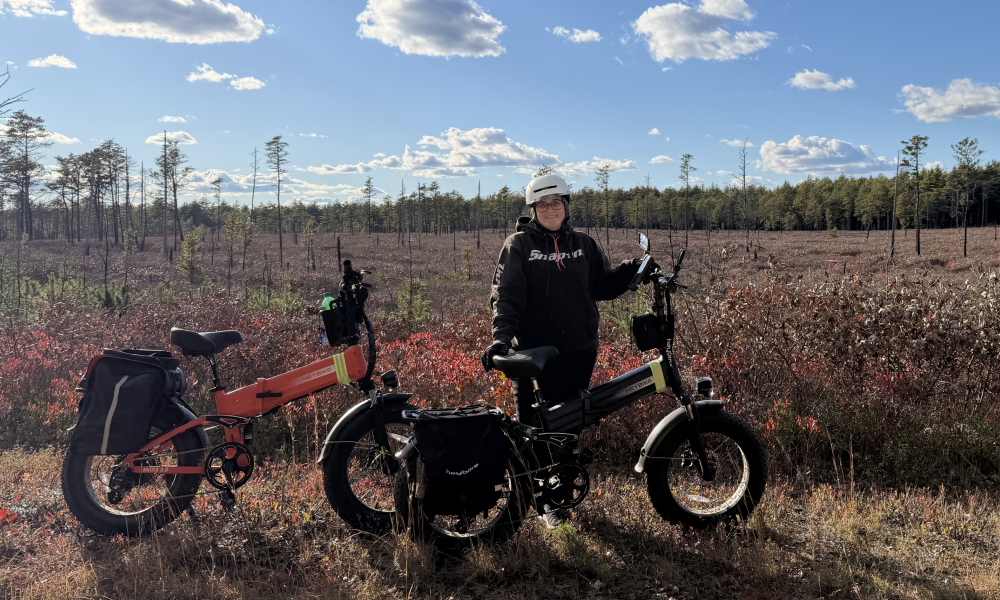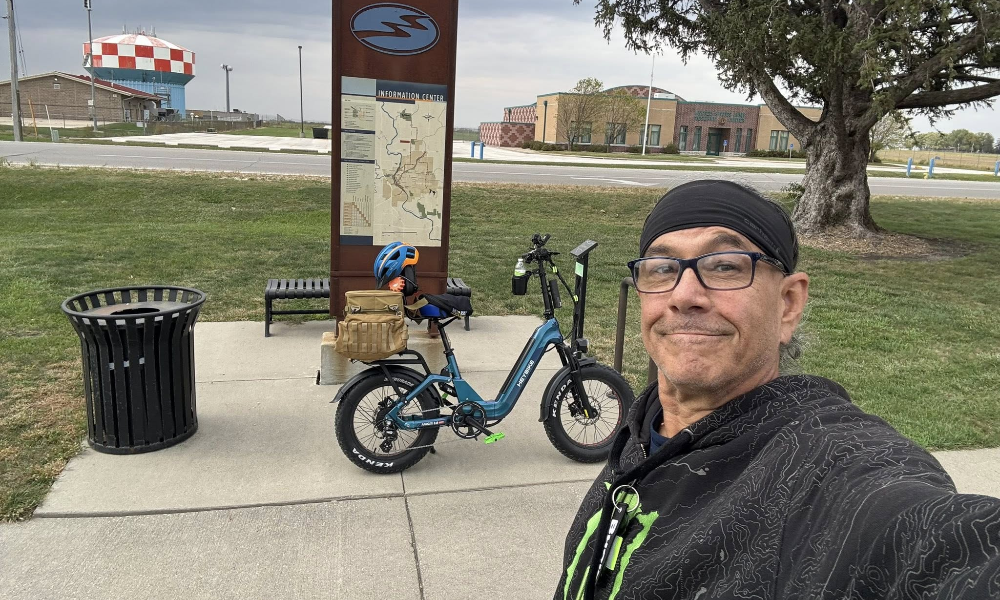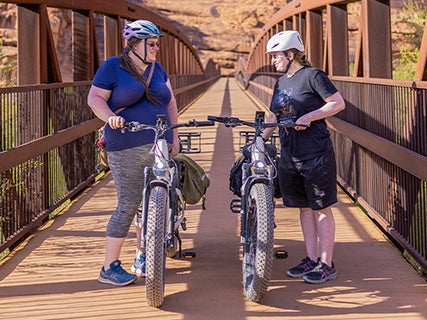
Riding an ebike offers a unique blend of convenience and adventure, but what happens when you encounter wet conditions? Many riders wonder if their electric bikes can withstand rain, puddles, and even a storm. Understanding how your ebike handles moisture is crucial for maintaining its performance and longevity.
In this blog, we'll explore the ins and outs of riding an ebike in wet conditions, including tips on waterproofing and essential maintenance practices. Whether you're a seasoned rider or new to the world of electric bikes, this guide will help you navigate rainy days with confidence, and ensure your bike stays in top shape no matter the weather.
Can I Ride My Electric Bikes in the Rain?
Yes, you can generally ride your electric bike in the rain, as most e-bikes are designed to be water-resistant, including all Heybike e-bikes. The key components like the motor, battery, and electrical connections are sealed and protected from water exposure.
After riding in the rain, dry your e-bike thoroughly and perform regular maintenance to keep it in optimal condition. Riding cautiously and being mindful of slippery surfaces will help you stay safe and enjoy your ride even in wet weather.
The Big 'Don't' for Ebike Get Wet
When it rains, never submerge your ebike's motor and battery in water. These components are water-sensitive and expensive to replace. Riding through water can cause the battery to short out, especially if submerged for any length of time. Avoid riding through floods, particularly fast-moving water.
Additionally, do not leave your ebike outdoors for extended periods. Prolonged exposure to the elements can damage its components and electrical systems. Always store your bike in a dry place to preserve its lifespan and functionality.
The Should 'Dos' for Ebike Get Wet
Be more cautious
Being more cautious is one of the most important Do's when riding your ebike. Choosing a route that will not harm your Ebike is essential. A path that is not slippery, free from floods and has good visibility is recommended. If the path that you will cross has lots of puddles, there is a bigger chance that your Ebike will get wet. Avoiding paths with puddles also avoids you from encountering objects that can damage your Ebike.
There are other key things that you must be cautious of when you ride your Ebike.
Speed
Maintaining the correct speed is important to keep your bike in tip-top condition. Riding at a fast speed will damage your ride when you hit a pothole. A steady and controlled speed avoids unexpected problems plus you can also stop safely when you can control your speed.
Metal tracks and white lines
These surfaces are very slippery when wet and are dangerous especially when travelling at high speeds.
Braking
It is always important to be cautious when you brake. Brake in a controlled manner and avoid slippery roads.
Deep potholes and puddles
Deep potholes can damage the frame, wheels, and tires of your bike. It is important to read the road ahead and look for any cracks on the road. Puddles can also mean danger because you will not know how deep it is. A bright headlight helps tremendously when you ride in the dark. It can help you see the road ahead with ease.
Get the right gear
* Safety gear
Getting the right gear is important. You should wear a helmet that passes all the certifications and quality checks from authorities. If you are out riding in the dark, lights and high-visibility clothing is a must. You can also wear gloves for sufficient grip and to also guard your hands against any injury.
* Weatherproof gear
Investing in a good quality mudguard will protect you and your bike. It will prevent mud and water from splattering. Waterproof bags and panniers are also excellent as they will also protect your phone and electronics.
Clean Your E-Bike and Battery Points

To prevent potential damages, it is suggested to clean your ebike regularly. Cleaning your bike after it rains is important as it will prevent any moisture and contaminants from reaching the electrical components of your Ebike. The battery points of your Ebike are prone to shorting out if contaminants or water reaches it. You can take the battery out and use a soft cloth to wipe the whole battery. For the contact points, you can use a contact cleaner.
If your bike has been drenched with water, you can use a leaf blower to dry out your Ebike quickly. Take out your Ebike's battery and use the leaf blower to disperse the water. Take the battery out for it to completely dry out.
Cover your battery and display
When you're carrying your Ebike on an external carrier, cover your battery and display. It is important to do this because moisture might get into the battery and display. A replacement battery and display are expensive and in some cases, it can take a long time to find a compatible replacement. Prevention is better than cure and it is also easy and cheap to do. This is a concern for long trips and extended travels. A custom-designed cover is great as it will protect all surfaces of your battery.
Tire Pressures
Rainy day cycling requires lower tire pressures. A low tire pressure helps your bike grip more on the ground. It gives more traction even if you're travelling at high speeds. There is more contact area when your tire has a lower-than-average pressure.
Conclusion
Riding in the wet is fun and thrilling. It is a new experience as the environment provides challenges that dry weather can't provide. There are also fun rain events available for you to join and there's no reason to stop riding in the rain provided that you know the precautions. We hope that our guide will help you in your next rainy day adventure!



Share:
Best Electric Bikes for Climbing Steep Hills
Gear Hub vs Direct Drive Motor